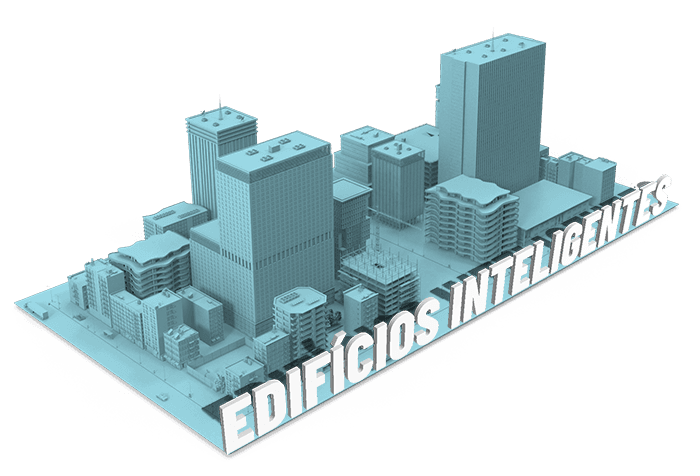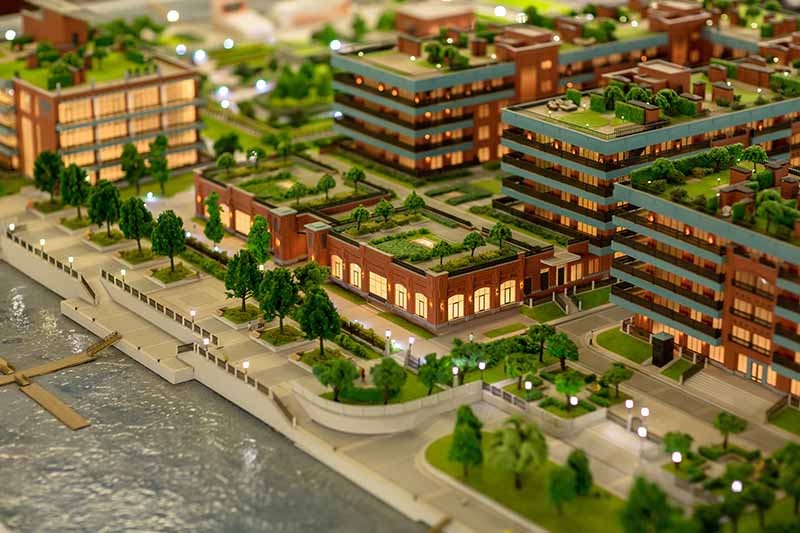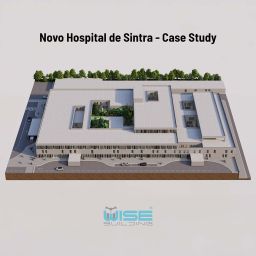
There is a new ISO standard for building automation and control systems (SACE). From 30 September, the new EN IS0 52120-1:2022 “Energy performance of buildings – Contribution of building automation, controls and building management” (Desempenho energético dos edifícios – Contribuição da automatização, controlo e gestão de edifícios) passa a substituir a anterior EN 15232-1:2017 “Energy performance of buildings – Impact of Building Automation, Controls and Building Management “.
The EN 15232-1:2017 standard has been one of the biggest normative references for the SACE segment, as it established the automation, control and technical management functions of buildings, and allowed the creation of the BAC efficiency classes. In national legislation, this importance is demarcated by the references in the legal and regulatory instruments related to the Energy Certification System of Buildings (SCE), namely the Decree-Law No. 101-D/2020 and complementary legislation.
Translation work on this new standard has already started, so that professionals in the sector will have the Portuguese version available as soon as possible. Below you will find a link to the previous translation of the checklist.
We recall that in existing buildings with more than 290kW (Thermal Power combined with Ventilation Power), arising from the 2018 EPBD Directive, it is mandatory to implement SACE systems by 31 December 2025, under the specific conditions in Decree-Law No. 101-D/2020, as we mentioned here.
The technical systems inserted in GES (Large Service and Commerce Buildings) that are in operation must have an updated maintenance plan adapted to the characteristics of the technical systems covered, which includes the maintenance tasks to be performed, as well as, in the case of new or renovated buildings, the premises defined in the project.

- The description of the control functions within Table 4 in EN 15232 are now in Table 5 in EN ISO 52120
- New hydronic balancing functions for heating and cooling distribution have been added as the functions 1.4a and 3.4a respectively
- New 4.1.3 Demand-based control function for supply air flow control at the room level “dependent on the air quality demand (measurement of CO2, VOC, etc.).”
- The 5.1.2 and 5.1.3 lighting control functions have been simplified to no longer specify the maximum reaction time after occupancy or the level of dimming
- Enhanced 5.2.3 light level control function to dim down and finally fully switched off the luminaires are not only when daylight is available, but also “when scene based light level control is applied”
- Changes of classes for some functions under 1.10, 4.1, 4.4, 5.1 and 5.2
- Table 7 contains the up-to-date referenced EPB standards that shall take into account the control functions defined in Table 5
- The Annex B: “Minimum BAC function type requirements” now is normative and no more only informative
- Annex E: Applying BAC for EnMS specified in ISO 50001 has substantial changes due to the update of the ISO 50001 published in 2018
To support Member States in implementing the revised Energy Performance of Buildings Directive (EPBD), the eu.bac has created a checklist to assess compliance of Building Automation and Control System (BACS) requirements related to the mandatory capabilities listed in Articles 14 and 15. The amending Directive 2018/844 had a transposition deadline of March 2020. However, several countries are still struggling to effectively integrate the BACS requirements into their national legislation. The checklist provides a necessary reference list for Member States and other stakeholders to ensure that the requirements set out in the Directive are followed. Download our previous translation here.
This checklist is the next step in this commitment, providing a highly detailed tool for various stakeholders such as inspectors, building owners, BACS designers and installers, and policy makers. It helps industry professionals understand which systems need to be implemented, and helps authorities distinguish buildings that meet EPBD BACS requirements from those that do not.
WiseBuilding® is technically capable of supporting your transition or qualification process when it comes to technical systems. Contact us.
WISEFRAMEWORK is a BACnet B-AWS certified software solution for state-of-the-art integration, control, management and visualisation in building automation systems. Designed to redefine the way buildings are operated through an open platform and seamless harmonisation between building-generated data by supporting multiple protocols including BACnet, Modbus, KNX, OPC-UA and MQTT. Through the use of Haystack technology, the software also empowers the building for the future at the forefront in the integration of the various technical systems.















